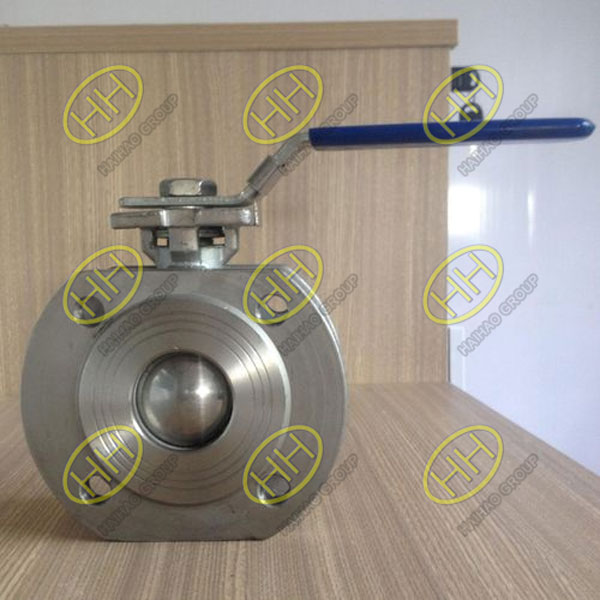Wafer ball valve installation guide: Steps and precautions for optimal performance
Installing a wafer ball valve correctly is critical to ensuring its proper function, long-term reliability, and safety in pipeline systems. This guide outlines the key steps and precautions to follow during installation to maximize valve performance and service life.
1.Pre-Installation Preparation
Inspect the Valve
Before installation, verify that the valve model and size meet the design specifications. Carefully read the manufacturer’s installation manual for any specific instructions or requirements.
Clean the Pipeline
Ensure that the pipeline is free from debris, oil, or any contaminants that could affect the valve’s sealing performance.
Component Treatment
Valve components should undergo degreasing, pickling, and passivation. Rinse thoroughly with clean water, and dry with non-woven fabric or nitrogen gas to maintain cleanliness and prevent corrosion.
2.Installation Direction and Position
Flow Direction
The installation direction of the wafer ball valve must be consistent with the flow direction of the medium to ensure proper operation.
Mounting Position
The valve should ideally be installed on horizontal pipelines.
If vertical installation is required, make sure to use a model specifically designed for vertical mounting.
Avoid installing the valve near pipe elbows, reducers, or expanders, as these can interfere with valve performance.
3.Installation Procedure
Wafer Connection
Align the flanges and pipeline ends accurately.
Tighten the bolts evenly and gradually to prevent valve body damage due to excessive force.
Sealing Gasket
Place a suitable gasket between the flanges to ensure tight sealing and prevent leakage.
4.Trial Operation and Testing
Trial Run
After installation, perform a trial operation to ensure the valve opens and closes smoothly without unusual noises or resistance. Check for any signs of leakage.
Air Tightness Test
Use nitrogen gas purging followed by an air tightness test to verify that the sealing performance meets standards.
5.Maintenance and Upkeep
Routine Inspections
Regularly inspect the valve sealing surfaces and operational status to detect any signs of wear, corrosion, or malfunction.
Cleaning and Lubrication
Clean the external surface of the valve to remove dirt and rust. Apply lubricant to moving parts to maintain smooth operation and reduce friction-related wear.
Proper installation and maintenance of wafer ball valves are essential to ensure stable operation, reduce maintenance costs, and extend the service life of your pipeline system. By following these best practices, you can ensure that your wafer ball valves perform reliably under various working conditions.Email:sales@haihaogroup.com

